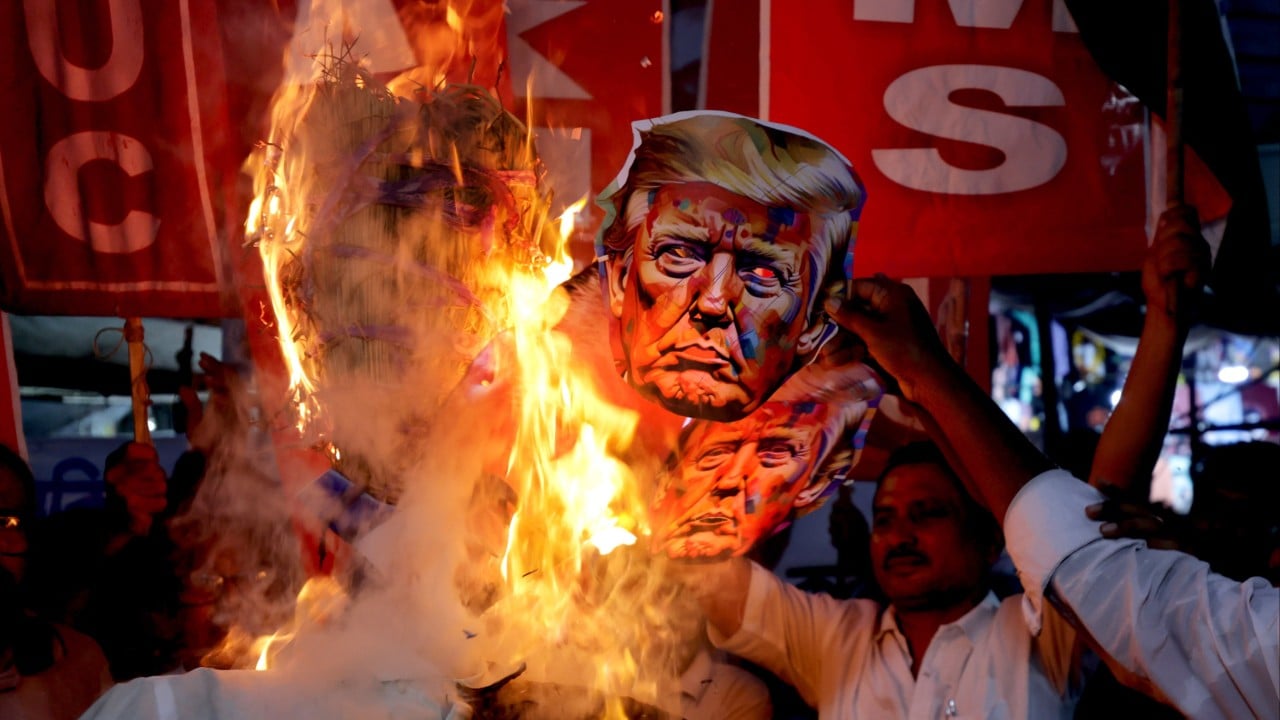A seductive narrative has taken hold in financial markets since US President Donald Trump launched his assault on the global trading system in early April. Despite an average effective tariff rate that, according to the Yale Budget Lab, has surged to 18.6 per cent – up from 2.4 per cent in early January and the highest since 1933 – many investors and economists believe the global economy has averted a trade shock.
Advertisement
Even the International Monetary Fund upgraded its global growth forecasts last month because of signs Trump’s tariff blitz will cause less damage than initially feared. The results of Bank of America’s latest Global Fund Manager Survey on August 10 showed investors were the most bullish since February, with only 5 per cent of respondents expecting a “hard landing” for the global economy, compared with 49 per cent in April.
The case for optimism has a lot to do with the avoidance of a full-blown recession and collapse in asset prices, a scenario that looked likely to materialise after Trump unveiled his “Liberation Day” tariffs on April 2.
Since then, several factors have helped allay concerns. Only a few countries, including China, dared to hit back at the United States, sparing the world an all-out trade war. When push came to shove, Trump opted for partial climbdowns, preferring to extract concessions from countries and extend deadlines for the imposition of tariffs, as he did with China on August 11.
America’s trading partners have promised to invest vast sums in the US, while revenues from customs duties have reached record highs. Moreover, the US economy is holding up relatively well. Inflation remains contained, unemployment is low, corporate earnings are strong and there is little evidence so far that US consumers are shouldering the cost of the tariffs.
Advertisement
Four months after Trump launched his trade offensive, dire prophecies of stagflation or recession have not come true. This is partly why the benchmark S&P 500 equity index currently stands at a record high. Yet it also helps explain why Trump feels emboldened to press ahead with higher tariffs. Investors have been doing Trump’s bidding by driving up asset prices.

